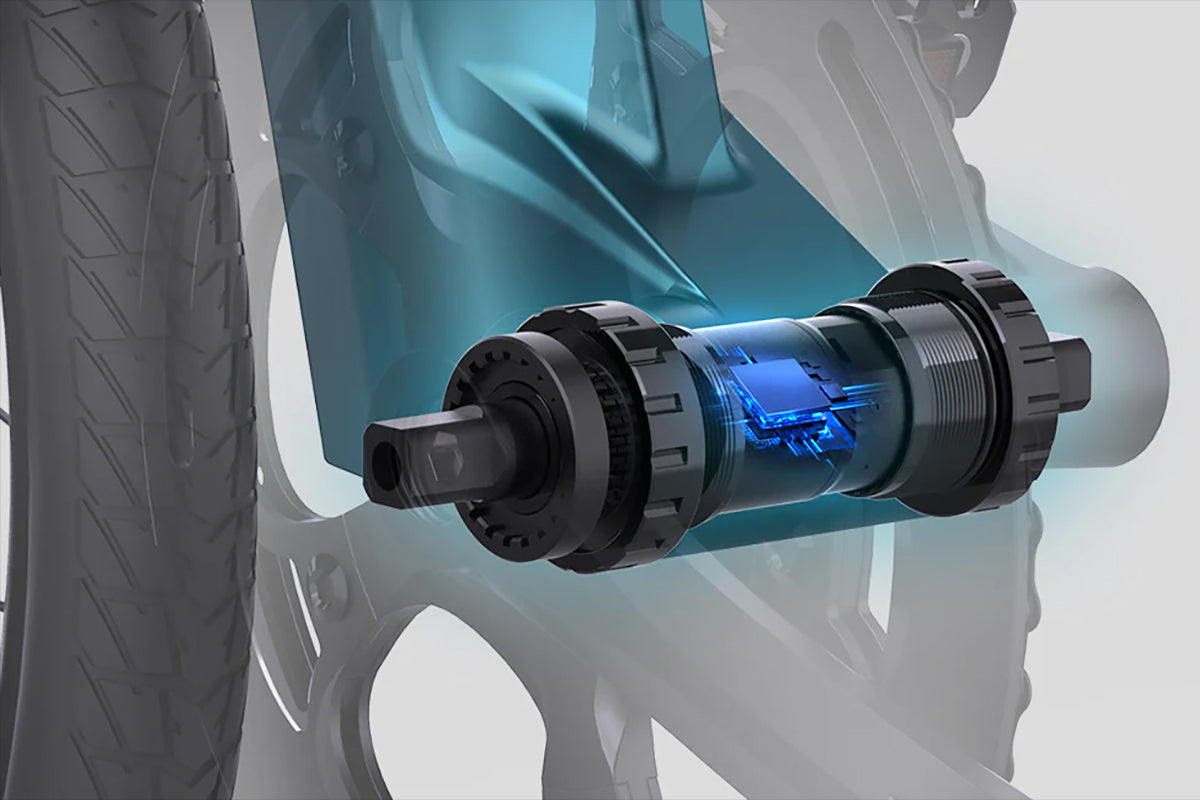At its core, an electric bike is similar to a regular bike, with pedals, wheels, and a frame. The main difference is that an electric bike is equipped with an electric motor and a battery, which work together to provide pedal assistance.
The electric motor is typically located in the bike's rear hub or bottom bracket, and it's powered by a rechargeable battery. The motor provides additional power to the bike's pedals, allowing the rider to pedal with less effort and travel further and faster.
Electric bikes usually have several modes of assistance, ranging from low to high levels of pedal assist. Some models also have a throttle, which allows the rider to control the speed of the bike without pedaling.
The Battery, an essential component...

The battery is an essential component of an electric bike, providing power to the motor. Most batteries are made of lithium-ion and can be charged using a standard electrical outlet. The battery's range will depend on several factors, including the rider's weight, the terrain, and the level of pedal assistance.
In addition to the motor and battery, electric bikes also have other components that work together to create a smooth and comfortable ride. These include the bike's brakes, gears, and suspension.
The brakes on an electric bike are similar to those on a regular bike, with the addition of hydraulic disc brakes for more stopping power. The gears are controlled by a shifter, allowing the rider to adjust the bike's speed and power output. The suspension system is designed to absorb shock and provide a smoother ride, making electric bikes ideal for commuting and longer rides.
In conclusion, electric bikes work by using a motor and battery to provide pedal assistance, making it easier for riders to travel further and faster. With their eco-friendliness, convenience, and ease of use, electric bikes are an excellent choice for anyone looking for a more sustainable and enjoyable mode of transportation.

